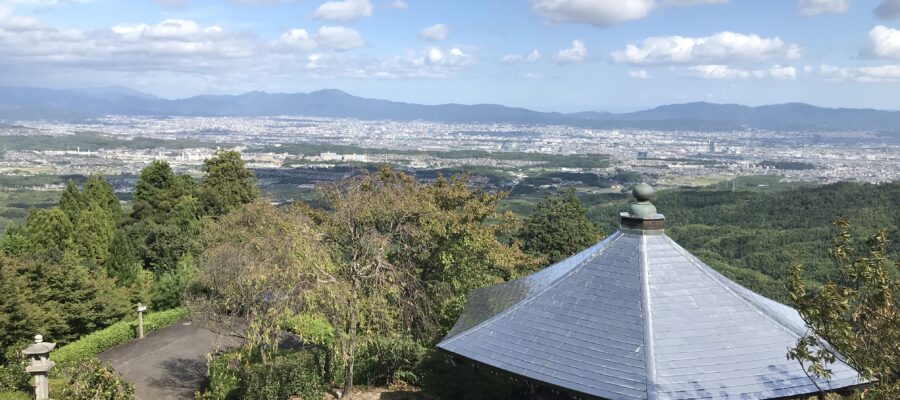バス停から徒歩ですぐ
西国巡礼を回っていると山を登ってお寺に行くことがよくあります。徒歩で歩くことが続いたため、今回もかなり歩くのかなと不安になっていましたが、JRと阪急の駅からバスが出ていて、バス停から少し上るだけでお寺の東門に着くことができました。
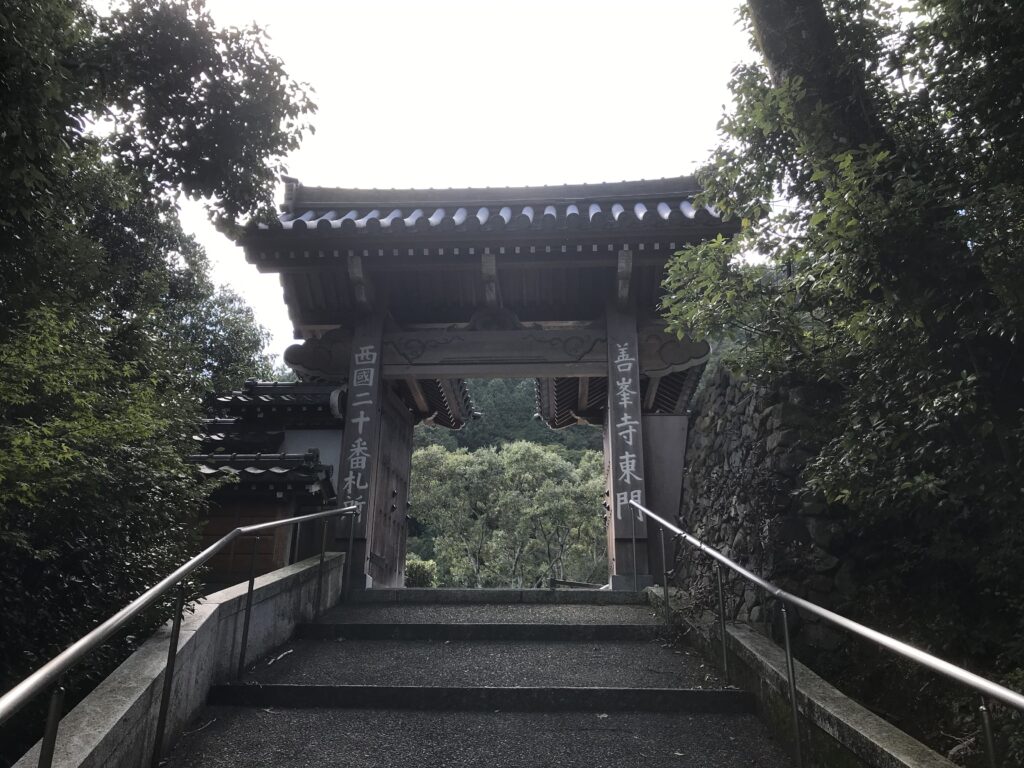
東門からも少し階段を上りますが、すぐに立派な山門が見えます。西国三十三所 第20番札所 西山 善峯寺(天台系単立)。山門をくぐって、まっすぐ本堂に向かいます。御本尊は千手観世音菩薩。このお寺はここだけで終わらず、奥に進むと面白いものがたくさんあります。
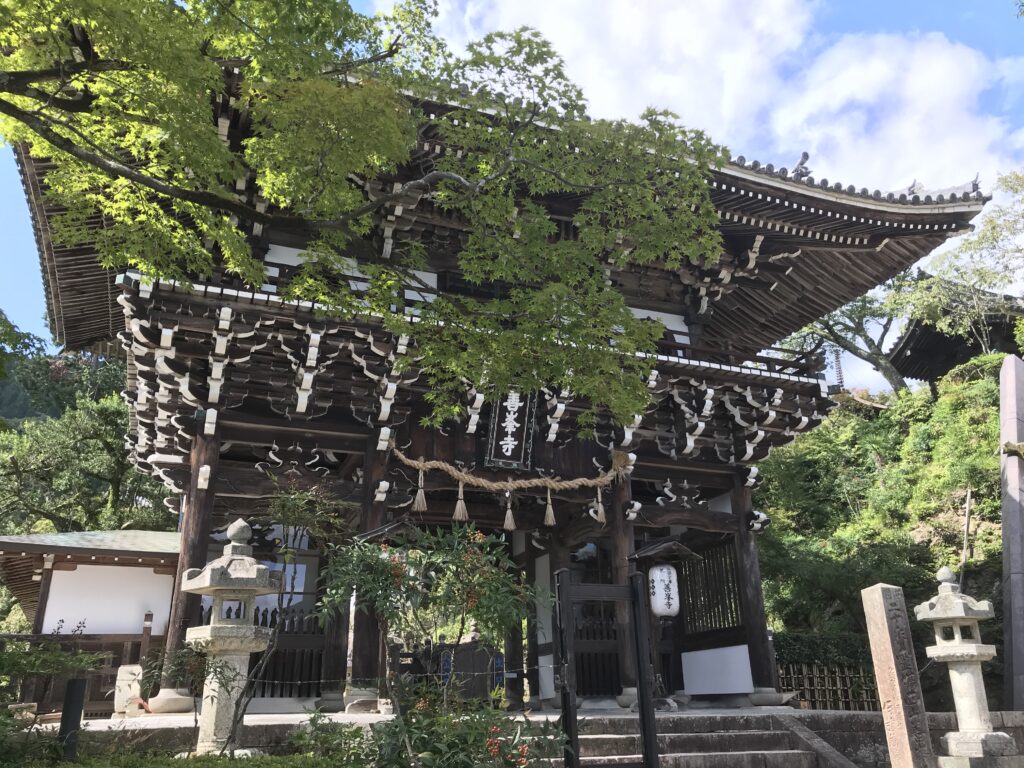
日本一の松
一番印象に残るのは、日本一の松と人口に膾炙される「遊龍の松」。樹齢600年以上の国指定天然記念物です。うねうねと龍が遊ぶように左右に長々と枝を伸ばしています。よくここまで伸ばしたなと感心するくらいに青々とした枝が広がっています。
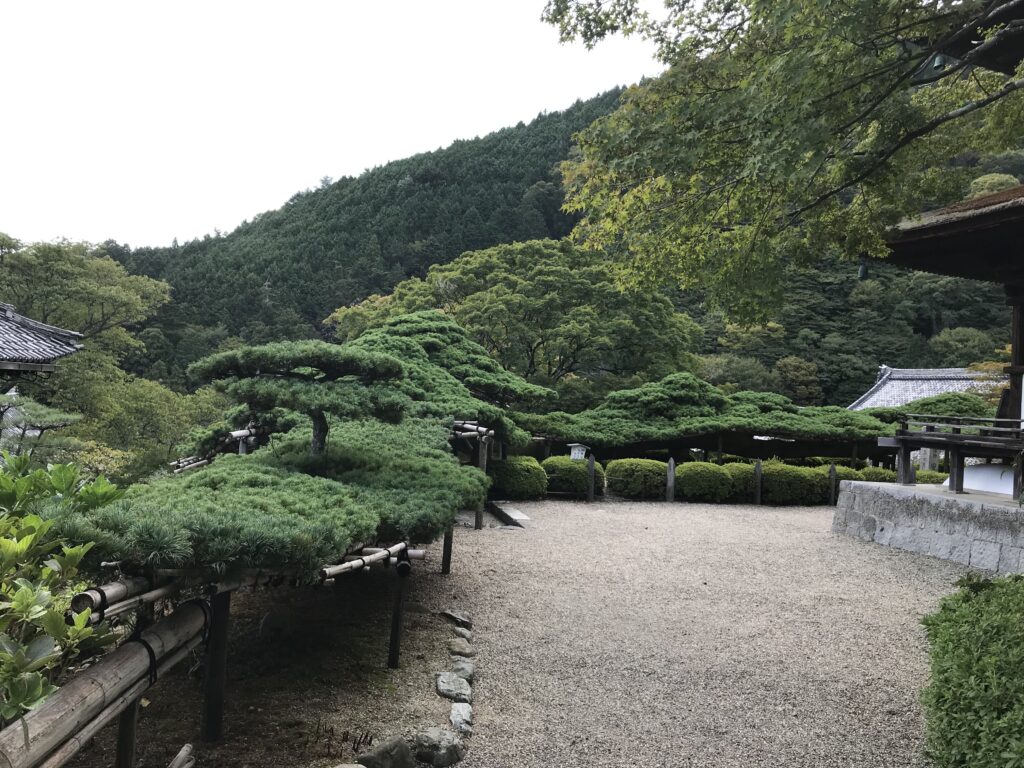
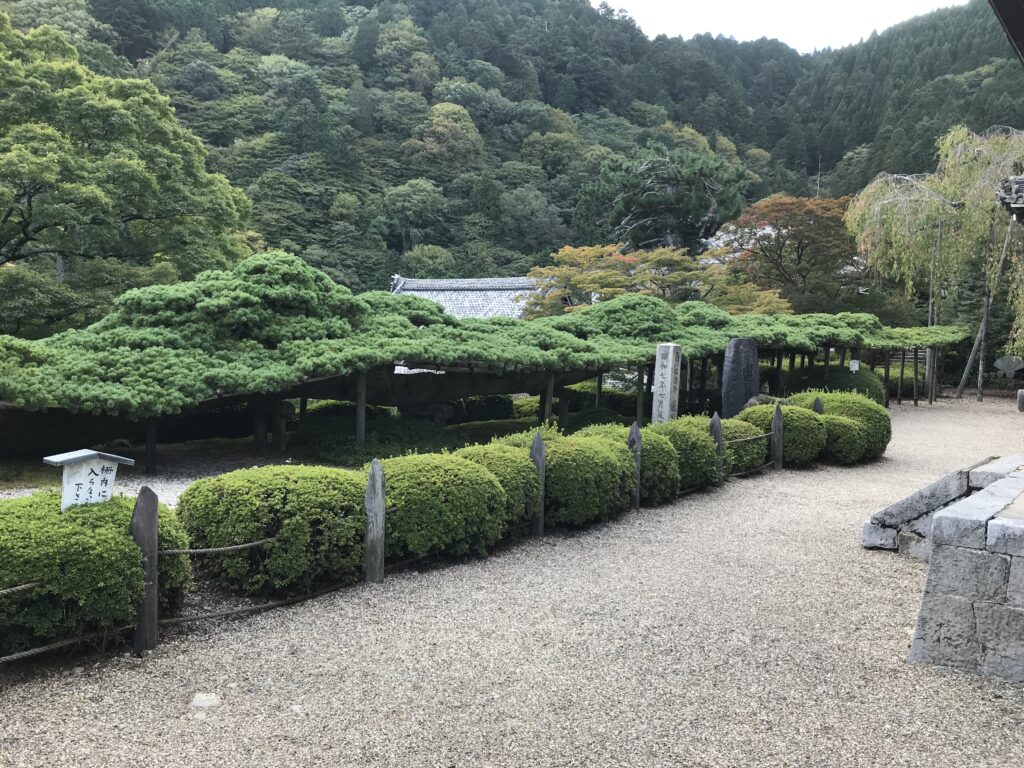
たくさんの見物
松の前に多宝塔、そこから上がっていくと釈迦堂、薬師堂があり京都市中の眺めも素晴らしく開けたものになります。今回は一番奥の御陵まで行ってきました。下りながら見晴らしのよい、桂昌殿で一休みしました。
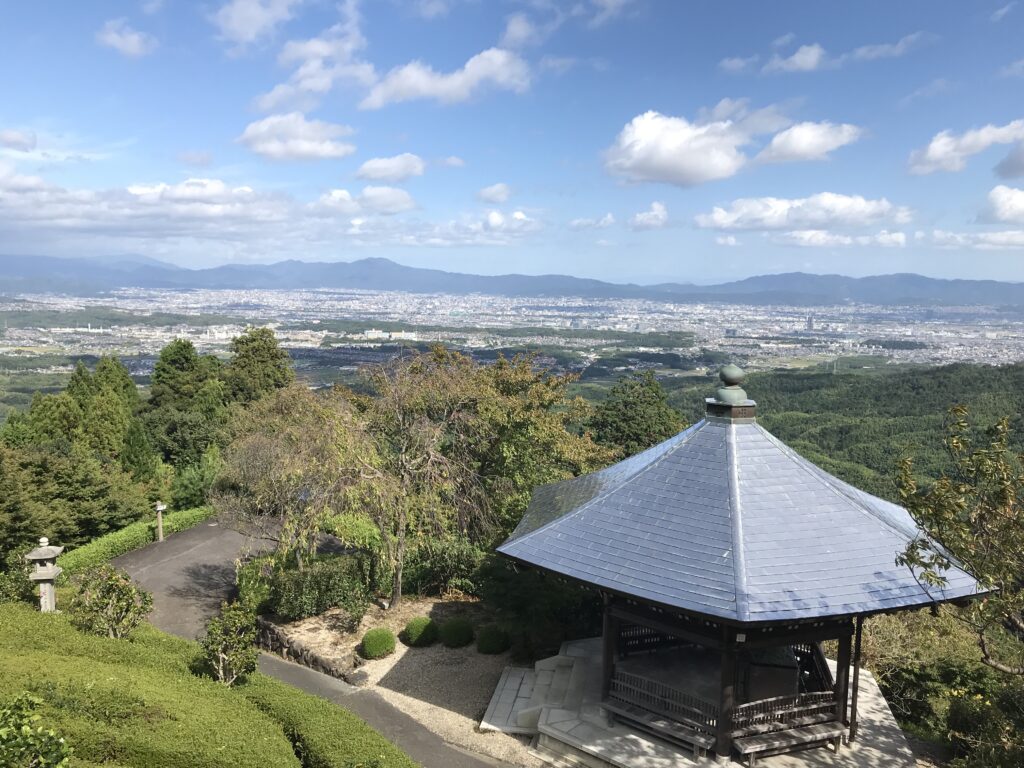
お寺に来てから、見覚えがあるなと思っていたのですが、ここから京都の町を見て思い出しました。7年ほど前に、「外国人が案内するお寺」か何かのセミナーで、日本在住の長い方にガイドの仕方を習ったことがありました。あいにく、その時習った英文表現はすっかり忘れていました。(完)
善峯寺の御朱印
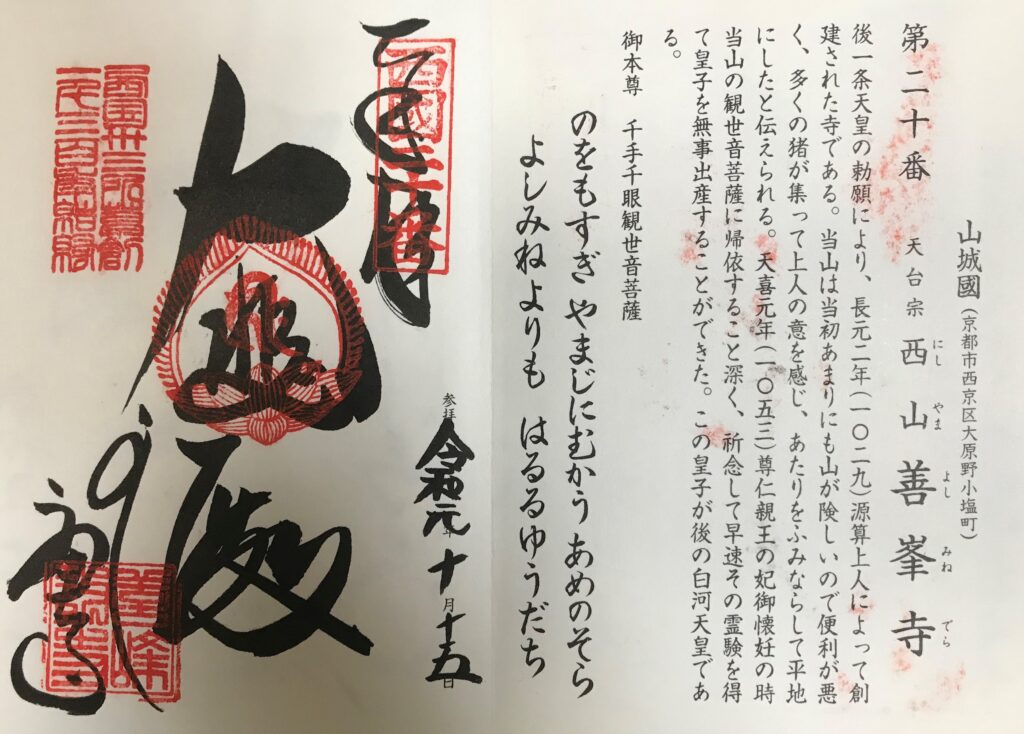
善峯寺が紹介されている書籍
西国三十三所なので、本書にて紹介されています。
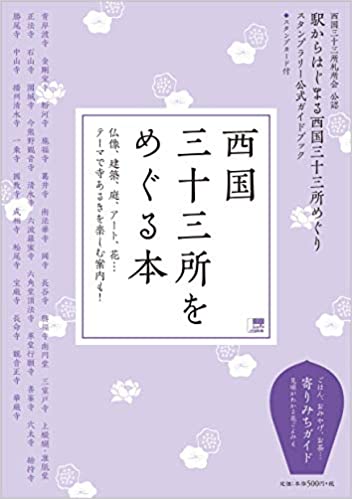
西国三十三所をめぐる本 駅からはじまる西国三十三所めぐりスタンプラリー公式 [ 京阪神エルマガジン社 ]
価格:550円
(2021/6/11 09:48時点)
感想(32件)
Yoshiminedera Temple (English)
Short walk from the bus stop
When you go on a pilgrimage in the western part of Japan, you often have to climb mountains to get to temples. Since I had been walking on foot for a while, I was worried that I would have to walk a lot this time as well, but there were buses available from both JR and Hankyu stations, and I was able to reach the east gate of the temple just a short walk up from the bus stop.
From the east gate, you will also have to climb a few stairs, but you will soon see the magnificent temple gate. This is the 20th temple of the 33 sacred places in the western part of Japan, Nishiyama Yoshiminedera Temple (Tendai lineage). Go through the gate and head straight for the main hall. The main deity is the thousand-armed Goddess of Mercy. This temple doesn’t stop here, there are many more interesting.
The largest pine tree in Japan
The most memorable one was the “Yuryu no Matsu”, which is known to the population as the best pine tree in Japan. The tree is over 600 years old and is a national natural monument. The branches of the tree stretch out long and wide to the left and right, like a dragon playing. The branches were so lush and green that I was amazed that they had grown this far.
Lots to see.
In front of the pine trees was the Tahoutou (Pagoda of Many Treasures), and up from there was the Shakado (Buddha Hall), Yakushido (Yakushi Hall), and a wonderfully open view of the whole city of Kyoto. This time, I went to the far end, the Goryo. As I descended, I took a break at Keishouden, where I had a good view of the city.
About seven years ago, I had learned how to be a guide from a person who had lived in Japan for a long time at a seminar on “temples guided by foreigners” or something like that. Unfortunately, I had completely forgotten the English expressions I learned at that time.
Temple Yoshiminedera (Français)
Courte distance à pied de l’arrêt de bus
Lorsque vous faites un pèlerinage dans la partie occidentale du Japon, vous devez souvent gravir des montagnes pour accéder aux temples. Comme je marchais à pied depuis un certain temps, je craignais de devoir marcher beaucoup cette fois encore, mais il y avait des bus disponibles à partir des gares JR et Hankyu, et j’ai pu atteindre la porte est du temple à quelques pas de l’arrêt de bus.
Depuis la porte est, vous devrez également monter quelques marches, mais vous verrez bientôt la magnifique porte du temple. Il s’agit du 20e temple des 33 lieux sacrés de la partie occidentale du Japon, le temple Nishiyama Yoshiminedera (lignée Tendai). Passez la porte et dirigez-vous vers le hall principal. La déité principale est la déesse de la miséricorde aux mille bras. Ce temple ne s’arrête pas là, il y a beaucoup plus intéressant.
Le plus grand pin du Japon
Le plus mémorable était le “Yuryu no Matsu”, qui est connu par la population comme le meilleur pin du Japon. L’arbre a plus de 600 ans et est un monument naturel national. Les branches de l’arbre s’étendent en longueur et en largeur à gauche et à droite, comme un dragon qui joue. Les branches étaient si luxuriantes et vertes que j’étais étonné qu’elles aient pu pousser aussi loin.
Beaucoup de choses à voir.
Devant les pins se trouvait la Tahoutou (Pagode aux nombreux trésors), puis le Shakado (Salle du Bouddha), le Yakushido (Salle du Yakushi) et une vue merveilleusement ouverte sur toute la ville de Kyoto. Cette fois, je suis allé au bout, au Goryo. En descendant, j’ai fait une pause à Keishouden, d’où j’avais une bonne vue sur la ville.
Il y a environ sept ans, j’avais appris à être un guide auprès d’une personne qui avait vécu longtemps au Japon, lors d’un séminaire sur les “temples guidés par des étrangers” ou quelque chose de ce genre. Malheureusement, j’avais complètement oublié les expressions anglaises que j’avais apprises à l’époque.
